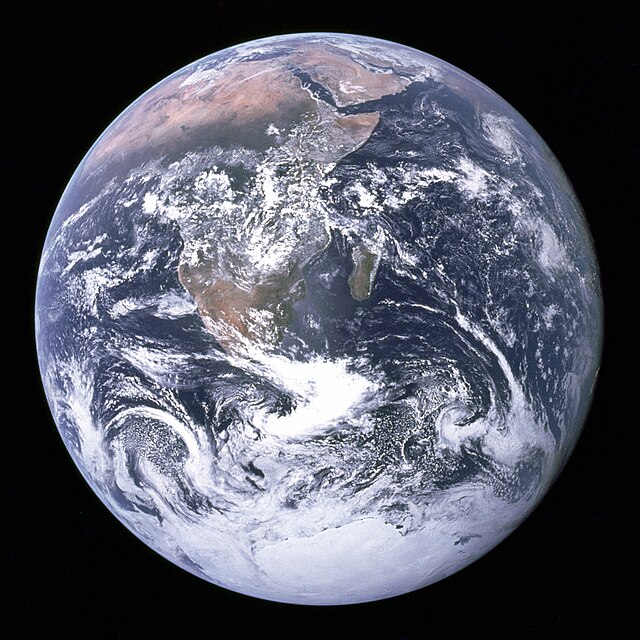Directors of research at France's National Centre of Scientific Research, Jacques Pironon and Phillipe De Donato, were evaluating the methane content of the Lorraine mining basin's subsurface using a "world first" specialized probe that could measure gases dissolved in the water of subterranean rock formations.
The probe discovered minimal hydrogen concentrations a few hundred meters below the surface. This was not a huge surprise to us, Pironon told CNN, adding that it's typical to find trace levels close to a borehole's surface. But the level of concentration increased as the probe descended. It was 14% at 1,100 meters and 20% at 1,250 meters below the surface.
This was unexpected, according to Pironon. It suggested that there was a substantial hydrogen reserve underneath. After doing calculations, they calculated that the deposit might have anywhere from 6 million to 250 million metric tons of hydrogen. According to Pironon, this might make it one of the biggest deposits of "white hydrogen" ever found. An already fervent interest in the gas has been heightened by this discovery. White hydrogen, often known as "natural," "gold," or "geologic" hydrogen, is produced or found naturally in the Earth's crust and has gained some notoriety as a climate miracle.

